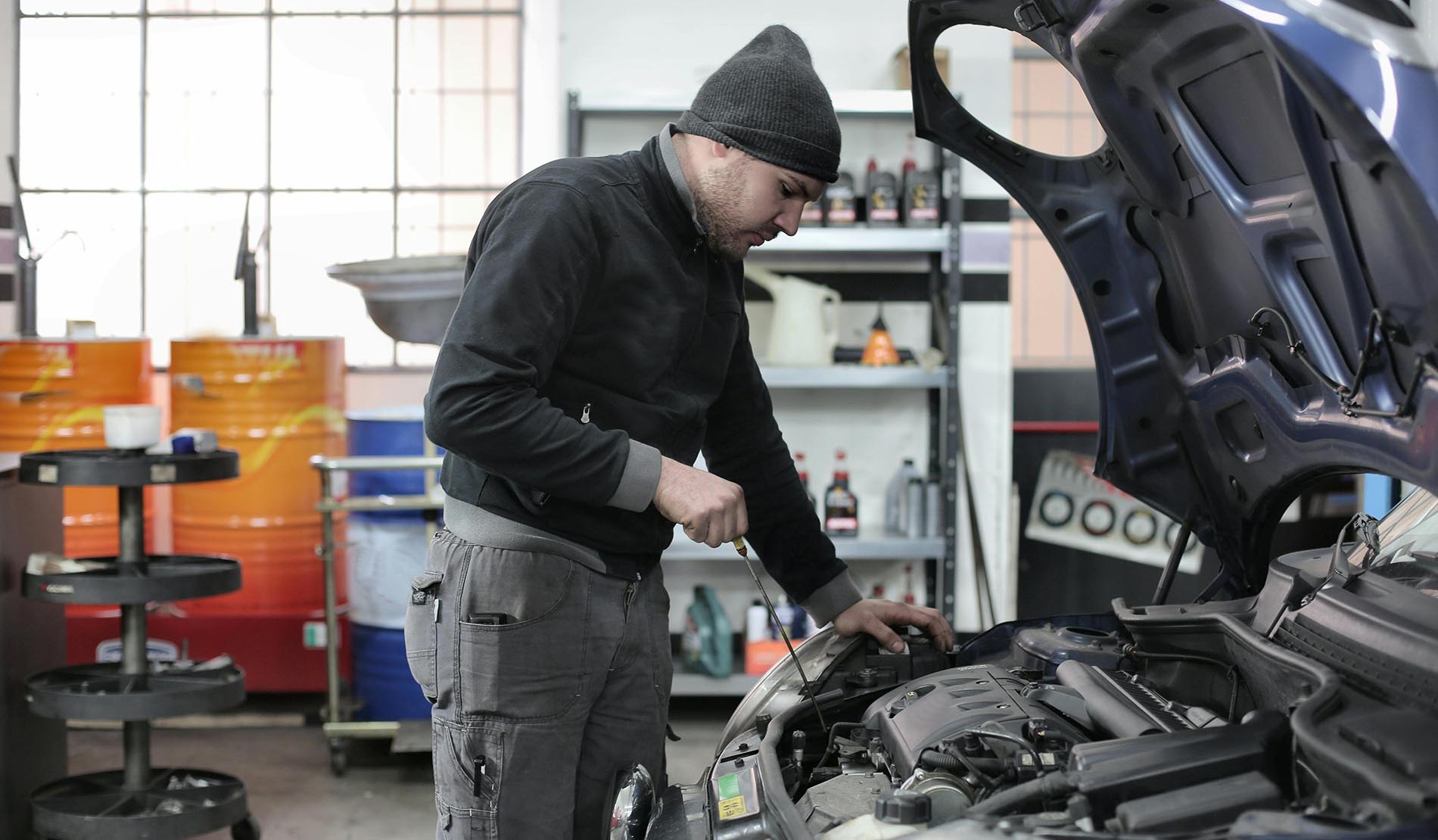Back
Copart Purchased Vehicle Checklist Before You Pick Up

CarProxy Editors
Published in Buying on CopartJuly 28th 20255 min read

Vehicles are complex and expensive so you want to make sure that everything lines up with what you thought you were buying. This is especially important when buying used or salvaged vehicles from Copart. Go with a vehicle checklist before picking up your Copart vehicle and accepting all of the issues that the vehicle has. Addressing issues after pick up becomes much more difficult as it’s difficult to prove the new issues didn’t happen during vehicle delivery, plus accepting the vehicle in a way is verifying that it matches the online photos and description.You can’t go through every nook and cranny there on the Copart yard but you can definitely check for common issues or anything that doesn’t visually line up with the online vehicle listing. There are certain types of damage that are common for Copart vehicles so know where to look and come prepared.
Print or Save the Vehicle Listing
- Save the vehicle listing or print the details and photos to reference while at the yard. Walk through the reported damage on the listing and double check the vehicle for the stated damage to insure it’s not worse than described.
Bring the Right Tools
- Flashlight (for undercarriage and interior)
- OBD2 scanner (if possible)
- Tire pressure gauge
- Smartphone or camera (for photos/videos)
Verify the Odometer
- Check the odometer reading and make sure it matches the Copart listing.
- Copart usually notes if the mileage is “not actual” or “exempt,” but it’s still wise to verify.
- Take a clear photo of the dashboard with the mileage showing.
Inspect for Forklift Damage (Undercarriage & Rocker Panels)
Many Copart vehicles are moved around using forklifts, and it’s not uncommon for the forks to cause:- Scraped or crushed rocker panels
- Bent suspension components
- Leaking fluids from underbody impact
- Dents or deep gouges in the undercarriage
- Misaligned wheels or suspension geometry
- Fresh leaks
Check Common Damage Areas on Copart Vehicles
Aside from crash damage, many Copart vehicles suffer from:- Rodent activity (chewed wires or insulation, especially under the hood)
- Dead batteries or electrical issues
- Flat or dry-rotted tires
- Paint transfer (indicates recent impact)
Take Photos Before Signing Anything
Before accepting delivery or signing any paperwork:- Take wide shots of all sides of the vehicle
- Interior shots, especially the dashboard, seats, and any damage
- Close-ups of undercarriage if possible
- Any new or undocumented damage
If Using a Transporter: Inspect on Arrival
If you’re not picking up the car yourself, instruct your transporter to take photos at pickup and delivery. Copart is not responsible for damage that occurs during transport, so clear documentation is essential.Report Damage Immediately
If you discover serious damage not listed in the auction description, contact Copart before leaving the lot. They may document it or escalate it internally if it's excessive or due to their handling.You can never be too prepared and remember, everything is easier to dispute before you accept the vehicle. This can result in a delayed pickup of the vehicle which can also turn into additional fees. If the damage or discrepancy is significant enough you can probably negotiate a bit but remember that Copart is an auction that sells vehicles as is and if you decide to bid on a vehicle, it’s your responsibility before winning the auction to inspect and make sure the vehicle aligns with your expectations.Go to the yard before bidding to inspect vehicles before committing money.If you decide not to complete the purchase after winning a bid you can be responsible for a relist fee which is $600 or 10% of the vehicle value, whichever is greater.Review our articles on Preview Copart Vehicles and Types of Damage to Avoid articles.Register with CarProxy and explore used and salvage vehicles for sale online.

